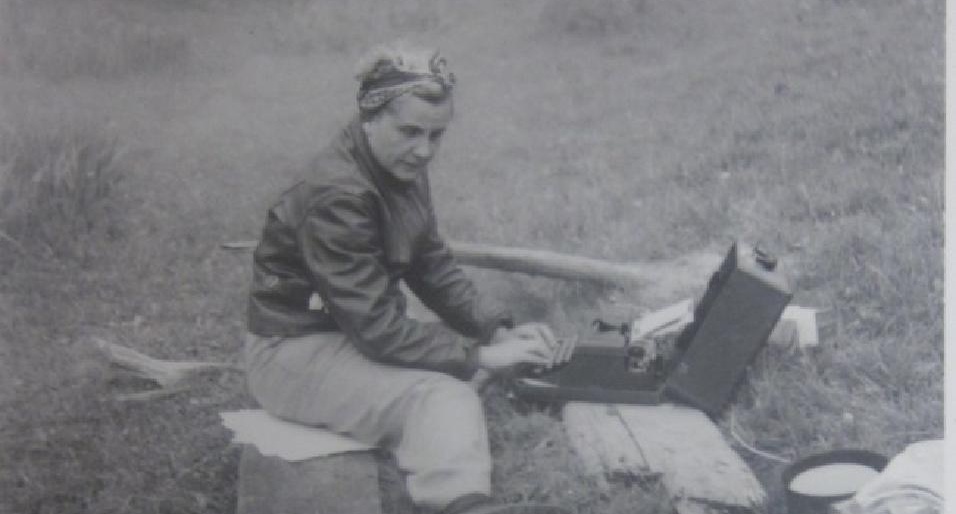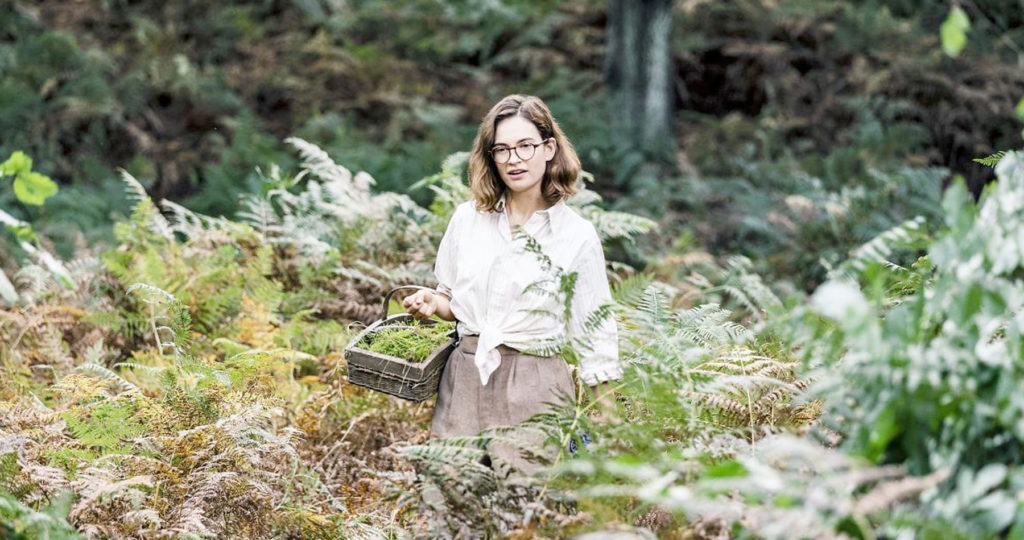Post Category : Women in Archaeology
Birgitta Wallace
In honour of International Women’s day we will explore the life and studies of Birgitta Wallace. She is a Swedish-Canadian female archaeologist and expert on Norse archaeology in North America.
Born in 1944, Birgitta Wallace studied and received her degree in her home country, Sweden. She studied at Uppsala University and underwent field training in Sweden and Norway. In 1975, after receiving her masters degree in Pittsburg, Wallace moved to Canada and started her work with Parks Canada. She would continue to work with Parks Canada until retirement and she is best known for her work on the archaeological site L’anse aux Meadows.

While it was long accepted that Christopher Columbus was the first non-aboriginal to set foot in the Americas, the Viking settlement of L’anse aux Meadows predates the landing of Christopher Columbus in North America by almost 500 years (dated around the year 1000 CE). L’anse aux Meadows was established as a Norse site due to definitive similarities between it and settlement structures found in Iceland and Greenland. While there are other suspected Norse sites in the New World, it si currently the only confirmed Viking settlement in North America south of Greenland. The area that the Vikings settled along the Atlantic coast is referred to as “Vinland” in Norse lore by explorer Leif Erikson. The exact locations and reach of Norse settlement remains a mystery. In particular, the location of a lost settlement referenced in Erik the Red’s saga continues to elude researchers. The story of this settlement, referred to as Hop, captured Wallace’s attention and, even after her retirement, she continues to theorize about Hop.

Figure 2: Birgitta Wallace in Greenland (National Post)
In 2018, Wallace claimed only a particular area of New Brunswick can accommodate all the criteria found in the saga writings. Wallace theorized that due to the “(abundant) lumber, masses of salmon, halibut, and grapes” referenced in Erik the Red’s Saga, New Brunswick is the most likely candidate for the location of Hop. Other areas theorized as possible locations – New York, Maine, New England – lack one or more of these resources. Perhaps her most compelling argument, was that she identified a species of plant at the site of L’anse aux Meadows which is exclusively native to New Brunswick.
While we may never know the true locations of Vinland or Hop, rest assured Birgitta Wallace will continue to search for us. Her story is one of a career archaeologist who continues to stoke the fires of our curiosity well after retirement. If you would like to know more about the adventures of Women in Archaeology you can read “Ladies of the Field: Early Women Archaeologists and their search for Adventure.”
If you share Wallace’s insatiable interest in Vikings, you can read her many works on the topic and make sure to visit the Vikings exhibit at the new Royal Alberta Museum in April.



